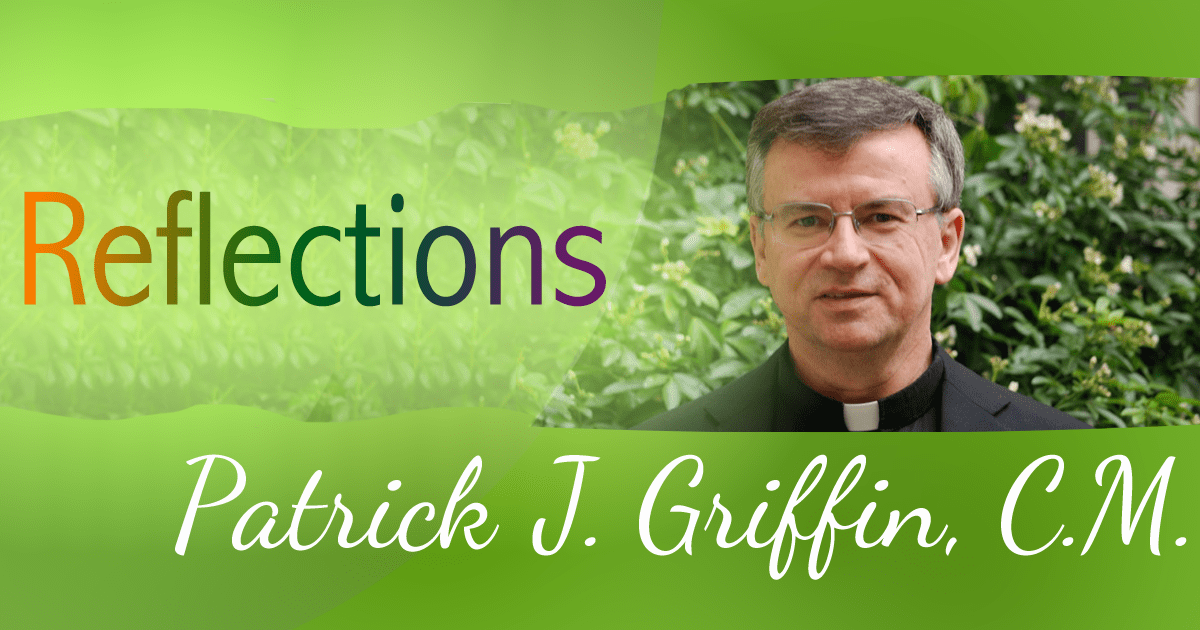This year something different in the Christmas readings captured my prayer and attention. Perhaps it suggests the times and the disposition of my mind and heart. The passage arises towards the end of the Gospel reading at the night liturgy. We hear an angel announce:
“And this will be a sign for you:
you will find an infant wrapped in swaddling clothes
and lying in a manger.”
Familiar words, certainly. Yet, the notion of “sign” and the character of the “sign” stood forth for me. The description occurs twice more in the narrative that we have from Luke.
Earlier, we read:
While [Mary and Joseph] were [in Bethlehem],
the time came for her to have her child,
and she gave birth to her firstborn son.
She wrapped him in swaddling clothes and laid him in a manger. . .
Then, after the encounter with a host of angels, the shepherds make their way to Bethlehem. And, we hear:
So [the shepherds] went in haste and found Mary and Joseph, and the infant lying in the manger.
Clearly, the sign is the infant wrapped in pieces of cloth for warmth and stability and lying in a feeding trough for animals. The text highlights this description for us three times. It must mean something! In this year, I, too, am looking for a sign.
Notice the way in which supernatural vigor surrounds this simplest of signs—an infant, some wrappings, a manger. Yet, it is not the supernatural (not the angels, not the heavenly illumination or singing, not the star, not any other extraordinary appearance) that offers the sign. The child is the sign.
The notions of the swaddling clothes and the manger could be unpacked for other levels of symbolism, but let us stay with the essentials. The child is not dressed in royal finery, nor laid in a priceless crib, his parents are not famous, and Bethlehem is not a major city but a backwater burg. The focus falls on the child, not the surroundings. Jesus comes to birth as one of us is born. What is the meaning of the sign? What does it tell us?
I think that it reminds us that our future must be founded on our children. And, I mean all our children, not just the ones that emerge from privileged backgrounds, or who look like us, or who believe like us, or are related to us. Jesus breathed the same air, drank the same milk, wore the same clothes, and lived in the same village as the other children. He was educated in the same school, played the same games, learned the same prayers and lived under the same government as the other children. You get the point.
Jesus did not come among us to show us how to separate ourselves, but to show us how to be part of a family, of a community. He did not come to show us how to be God, but how to be human. As an adult, he models for us the ways in which we can be good people through his call to love, forgiveness, generosity and mercy. As a child, he summons from us the same attention and care that any of our children need and deserve.
So, to what does the sign point? One can identify many targets. A first is the summons to respect life—within our Catholic community, we would say from the moment of conception to natural death; another is to treat all our children as precious and wanted; a third is to be attentive to all our decisions as they will influence our children—what kind of world do we ready for them.
Some time ago, I read one of those stories that seems too cute, yet it could be true. You probably know it. A child was bringing a self-made card to her mother on Mother’s Day. The child asks, “Mommy, how come there is a Mother’s Day and a Father’s Day, but no Children’s Day.” The Mother replies, “Honey, every day is Children’s Day.” Perhaps Christmas fundamentally teaches that lesson. God loved us so much that God chose to come among us as one of us. That begins with a child. This sign can direct us to a Christian living that gives daily attention to the care for all our children.








0 Comments